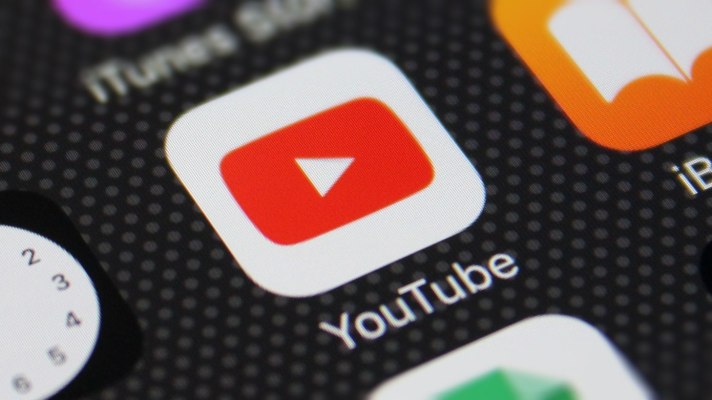In a further expansion of its policy responses to Russia’s war in Ukraine, YouTube has said it’s now blocking Kremlin-backed media outlets globally — not just in Europe where two Russia state-affiliated channels, Russia Today (RT) and Sputnik, along with their subsidiaries, were sanctioned by the European Union last week.
This goes above and beyond any legal mandates to block this content — but is not entirely unprecedented; last week Apple pulled RT and Sputnik’s apps from its global App Stores following a request by Ukrainian vice prime minister Mykhailo Fedorov, who wrote a letter to CEO Tim Cook asking Apple to stop device sales in Russia and block access to the App Store entirely. (Apple also halted product sales in Russia.)
That said, YouTube’s wording suggests it may be going further than barring the six (in total) RT and Sputnik entities the EU has sanctioned — as the company writes that it’s now “blocking access to YouTube channels associated with Russian state-funded media globally”. (We’ve asked for clarification on the extent of the ban.)
While the expanded YouTube blocks on Russia state media are “effective immediately”, per an update to the policy the platform just tweeted out, it also warns it may take time for the change to take effect — writing that “we expect our systems to take time to ramp up”.
In another new step, YouTube says it will be carrying out Ukraine-focused enforcement of certain existing policies from its Community Guidelines — which prohibit content that denies, minimizes or trivializes “well-documented violent events”, noting: “We are now removing content about Russia’s invasion in Ukraine that violates this policy.”
Stepping up enforcement here — which is presumably the new thing (given the policies themselves aren’t new) — looks intended to respond to the fast-flowing Russian propaganda that’s being churned out to deny the reality of reports of what’s going on inside Ukraine.
Such as around the recent bombing of a maternity and children’s hospital in the port city of Mariupol — which Russian outlets quickly targeted with conspiracy theories — including implying victims depicted in photos and video are actors or otherwise staging their injuries. They also put out similarly fake claims that the hospital itself was a legitimate target because it had been emptied of patients and staff by a battalion of Ukrainian fighters who had taken up sniping positions there.
We’ve also reached out to YouTube with questions about the wider context around this enforcement announcement.
YouTube said that since its last update on Ukraine-related actions, it has removed more than 1,000 channels and over 15,000 videos for violating a number of policies — including its hate speech policy, policies around misinformation, graphic content and more.
It is also looking to signal progress on previously announced measures to amplify “quality” information about the war — i.e. to help truthful reporting rise above Kremlin propaganda — saying there’s been some 17 million+ views on “trusted news sources” in Ukraine since it made changes directing users to this content (via breaking news and “top news” sections of its homepage).
In a further step targeting YouTube users in Russia, the platform has also confirmed that it’s extended the recent pause on YouTube (and Google) ads in the country to also cover all of the ways users could monetize on the platform — cutting off all revenue generating opportunities. Previously YouTube had left some monetization options open to Russian users.
Yesterday Google also said it’s suspending Play Store billing and YouTube payments in Russia as a result of Western sanctions targeting Russian banks.
